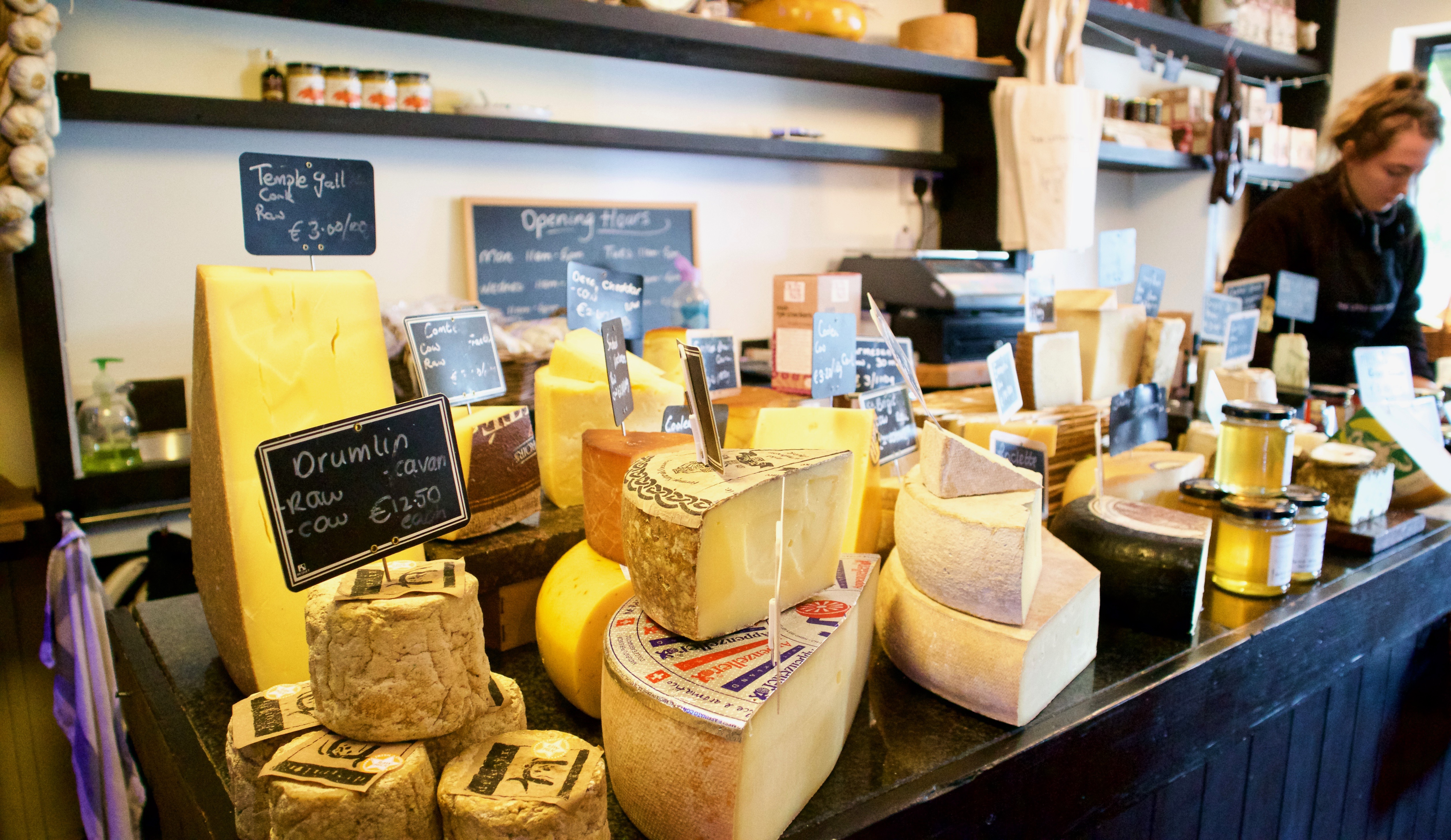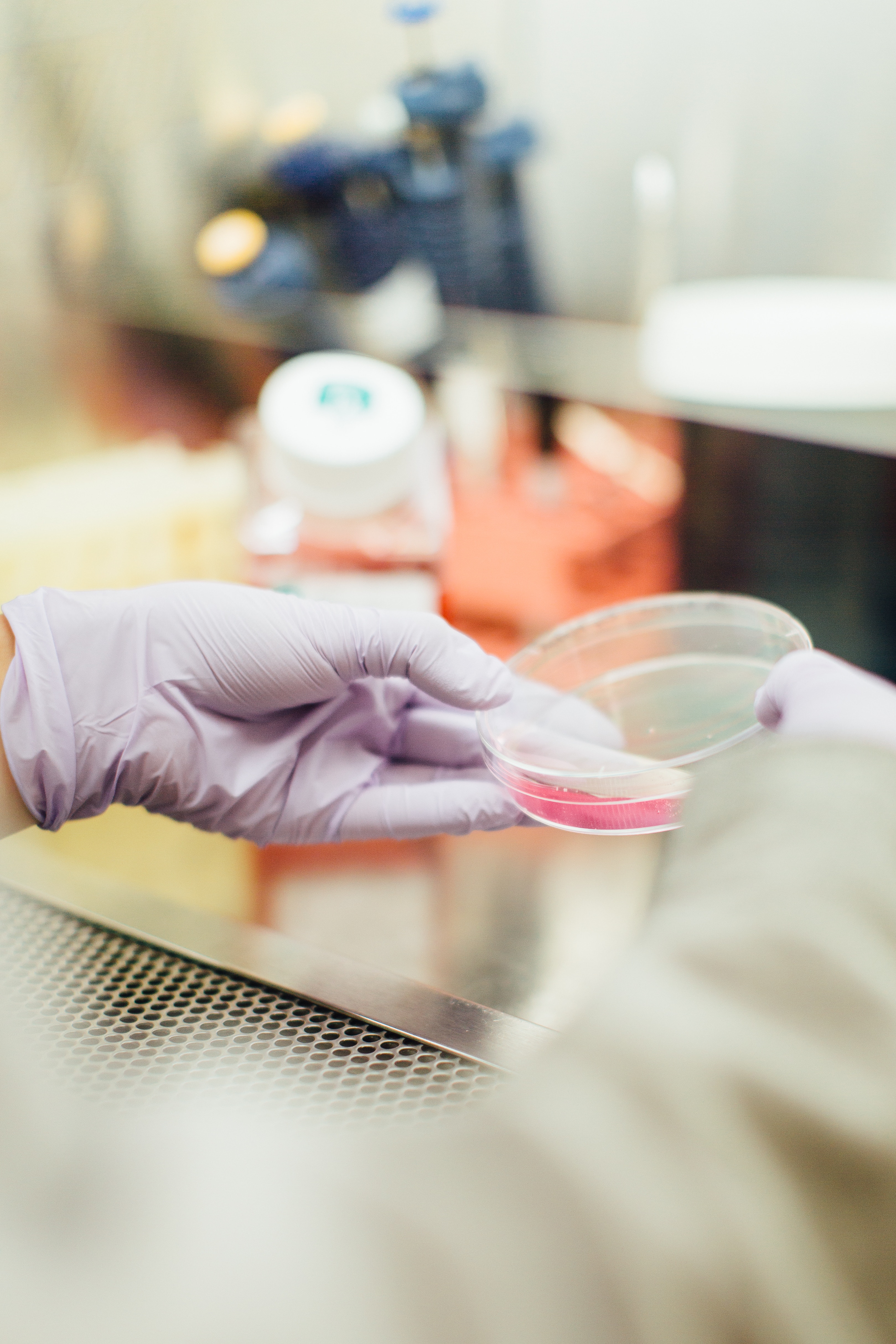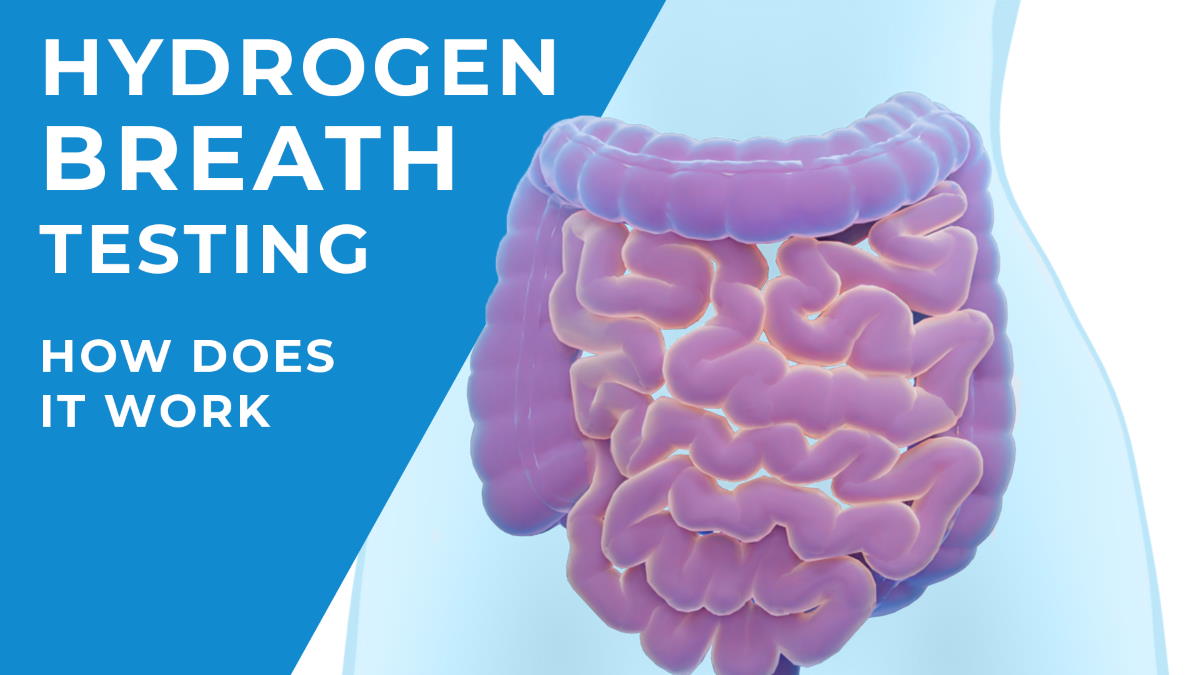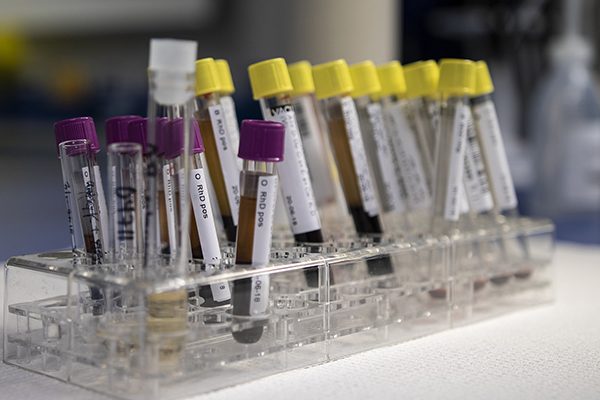This is the second in a short series of blogs outlining the exciting things we learned at the different gastroenterology conferences we attended this year! Check out the first blog here. Keep an eye on our blog and our social media to catch the rest in the series!
Welcome to our second conference review, with more highlights from Digestive Disease Week 2019. An important topic that popped up again and again was the role of histamine in the generation of symptoms in certain patients with IBS (not all). Before we get into some of the data presented, let’s get a better understanding of what histamine really is.
What is it?
It is a chemical messenger, with a number of important functions within the body:
- Acts as a neuromodulator, communication between our brain and body and plays an important role in the regulation of sleep;
- Aids digestion by triggering the release of stomach acid;
- Modulation of GI motility;
- Maintenance and hydration of mucosal layer;
- Protective role against allergens or injury.
Where does it come from?
Histamine is made in all tissues of the body, primarily by mast cells, which play a protective role in our body and are part of our first line of defense. Mast cells can be mainly found in tissues which form large host barriers (e.g. skin, lungs and GI tract).
There are other sources including:
- Other immune cells (e.g. basophils);
- Our gut microbes have the ability to produce it;
- Diet can also be an important source.
Various foods naturally contain histamine; some foods actually stimulate the release of histamine and others can inhibit its breakdown by blocking the enzyme diamine oxidase (DAO). All of these can contribute to the level of histamine in the body.

Some aged cheeses can be a source of histamine. Photo by Elaine Lunney for FoodMarble
Histamine and IBS
A lot of patients with IBS experience worsening of symptoms after eating. In one study, 58% of patients experienced GI symptoms after eating foods containing histamine. Another study showed that samples taken from the colon of patients with IBS contain increased levels of histamine. Histamine can stimulate nerve fibers in the GI tract, causing pain. They were able to demonstrate this by adding the colonic sample collected from IBS patients to nerve fibers of rats. This resulted in a dose dependent increase in nerve activation – more histamine resulted in more pain!
So…let’s get back to DDW
We very much enjoyed the talk by Dr Premysl Bercik (McMaster University), talking about how your gut microbes influence how you respond to a fermentable diet.
In the study, they transplanted the microbiota of IBS patients into mice. There were three donors in total – one IBS patient with high levels of histamine (HH) in their urine, one IBS patient with low levels of histamine (LH) in their urine and lastly, they transplanted the microbiota from a healthy volunteer (low histamine/ LH in their urine).
The mice from each group were fed a custom diet containing either high or low levels of fermentable foods for three weeks. They wanted to see how these two types of diet would influence gut transit, the permeability of the intestinal barrier and gas production.
So, what happened?
- High fermentable diet (HFD) resulted in increased levels of short chain fatty acids (beneficial for gut and overall general health);
- HFD resulted in increased gas production in the colon; even more gas was produced in the high histamine mice only;
- HFD altered transit and intestinal permeability in the high histamine mice only;
- HFD altered levels of visceral pain (pain associated with the abdominal area due to the activation of nerve fibers) in the high histamine mice only;
- Mast cells (contain lots of histamine) co-localised with intestinal nerve fibers in the high histamine mice only;
- HFD increased the number of intestinal nerve fibers in the high histamine mice only;
- HFD stimulated the histamine receptor (increased histamine = increased histamine receptor) in the high histamine mice only;
- HFD resulted in low grade inflammation, which was linked to bacterial production of histamine and not necessarily through inflammatory mediators.
That was a lot, what does it all mean?
High fermentable foods (e.g. FODMAPs) can lead to huge levels of gas production in the colon. The levels of gas production appears to correlate with increased histamine levels. Symptoms are driven by diets high in fermentable foods, including abdominal pain, visceral hypersensitivity and intestinal permeability – again this seems to be associated with increased histamine levels. These changes appear to be driven by the gut microbes and their level of histamine production. How your diet (HFD vs LFD) interacts with your microbial mix, can have a huge influence on symptom generation and can greatly impact your metabolome. The metabolome is the collection of the small molecules produced during metabolism and is a very a good indicator of what is actually happening within the intestinal environment.
The fact that IBS is such a heterogeneous disorder, means that multiple factors are at play, and these can vary depending on the patient. Personalizing the management of your symptoms can be challenging but is very important, as many available treatments are not satisfactory, resulting in symptom relapse for many. Focusing on your diet is a great place to start. Speak with a registered dietitian or health care provider to let them guide you along the way.
Check back shortly for another update from our conference attendance!
Podcast Interview from DDW
We met with Jeffrey Roberts, founder of the IBS Patient Support Group while we were at DDW. Listen below to myself and FoodMarble CEO Aonghus chatting to him!
FoodMarble AIRE is the world’s first personal hydrogen breath tester. It is a pocket-sized breath analysis device. It helps people with chronic digestive issues determine the foods that work best with their digestive system. To learn more about AIRE, visit www.foodmarble.com





